Have you ever tried to stare lovingly into your cat’s eyes, only to have them glance away like you’re a stranger at a party? It feels personal, doesn’t it? But what if this mysterious behavior actually reveals the deepest secrets about your cat’s heart and mind? Understanding why emotional cats avoid eye contact until they feel safe isn’t just about curiosity—it’s about unlocking a hidden language. For every cat lover who’s ever wondered, “Does my cat trust me?” this journey will take you inside the feline mind, where instincts, emotions, and silent signals create a world all their own.
The Cat’s Gaze: A Window Into Feline Emotion

A cat’s eyes are more than just mesmerizing pools of color; they’re also powerful tools for communication. When a cat looks at you and then quickly looks away, it’s not being rude or uninterested. Instead, this simple act is a sign of emotional self-protection. In the wild, direct eye contact can be seen as a threatening gesture. Cats use their gaze to size up situations and decide whether to engage or withdraw. If your cat avoids eye contact, it may be trying to tell you, “I’m not sure yet.” They’re cautious, choosing to observe before they connect. This subtle dance of glances is one of the first ways cats decide if you’re a friend or a potential threat.
Evolution’s Role in Feline Caution

Long before cats curled up on our couches, they roamed wild landscapes where every interaction could mean life or death. In the animal kingdom, a direct stare can be a signal of aggression or a challenge. Cats, as both predators and prey, learned to use their eyes wisely. By avoiding eye contact, they reduce the risk of conflict with larger animals or rival cats. Even now, those ancient instincts linger. Your house cat may be far removed from jungle life, but their cautious glance away is a living echo of their wild ancestors’ survival strategies. They’re not just shy—they’re evolution’s quiet survivors.
Reading Cat Body Language: More Than Meets the Eye
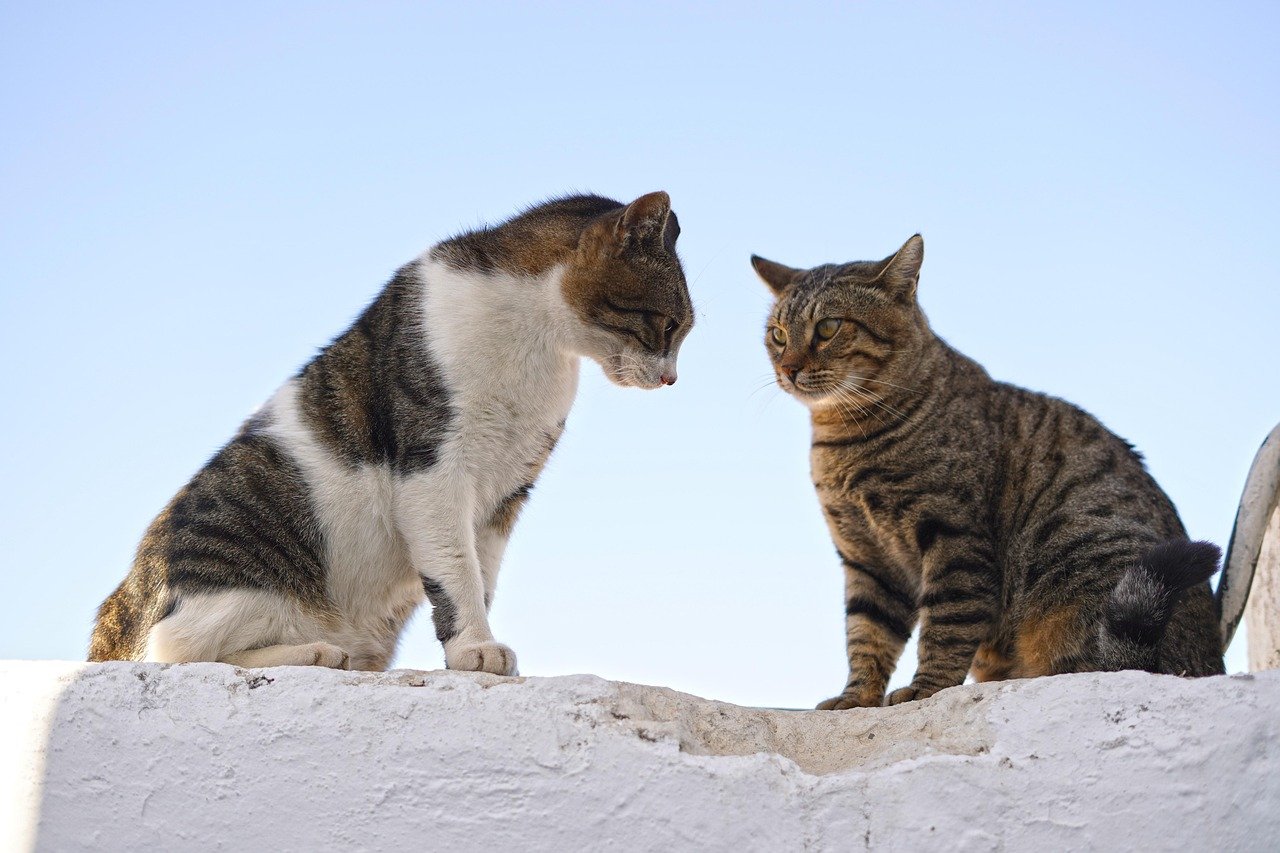
It’s not just the eyes that speak volumes. A twitching tail, flattened ears, or a quick glance away all add up to a complex language. When cats avoid your gaze, pay attention to the rest of their body. Are they tucked into a tight ball, signaling unease? Or are they relaxed, with slow blinks and gentle purring? Sometimes, a cat will avert its eyes but lean its body toward you, showing mixed feelings—curiosity battling caution. Understanding this whole-body language helps you see the world through your cat’s eyes, where every tiny movement matters.
Trust: The Foundation of Feline Relationships

Trust isn’t automatic with cats; it must be earned, step by careful step. When a cat first joins your home, they assess everything—sounds, smells, and especially your intentions. Eye contact is a big test. Cats who feel insecure will avoid looking directly at you, unsure if you’re friend or foe. Over time, as you provide food, gentle strokes, and a safe environment, their confidence grows. Eventually, you may notice your cat meeting your gaze for a few seconds, or even blinking slowly. That’s not just coincidence; it’s a milestone in your relationship. Their eyes say, “I feel safe with you.”
Why Direct Eye Contact Feels Threatening to Cats
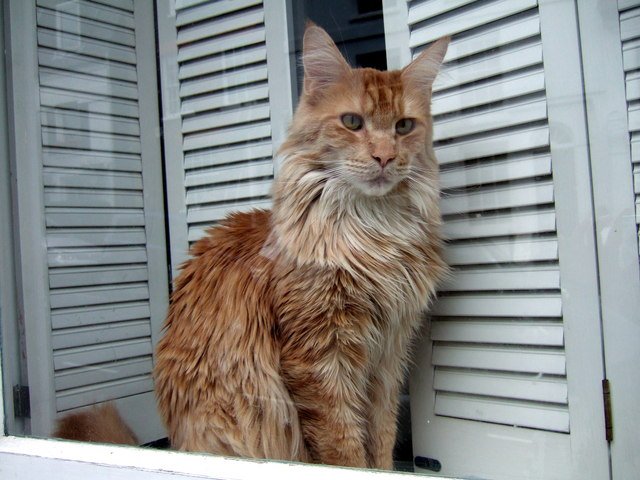
Imagine a stranger standing inches away, staring straight into your eyes. Unnerving, right? For cats, direct eye contact triggers a similar discomfort. In feline social structure, a prolonged stare can signal dominance, aggression, or even the prelude to a fight. When a cat avoids your gaze, it’s often their way of saying, “I’m not ready for that level of intimacy.” Especially with emotional or sensitive cats, eye contact can feel like an invasion of personal space. It’s their instinctive defense, not an insult. Giving your cat the time to initiate eye contact builds mutual respect.
The Role of Early Socialization in Eye Contact

Kittens who are handled gently and exposed to positive human interaction early in life are more likely to feel comfortable with eye contact as adults. On the other hand, cats who had little or negative exposure to humans may remain wary, avoiding eye contact even years later. Socialization shapes how a cat views the world, including how safe they feel sharing a gaze. If your cat was a stray or came from a shelter, their reluctance to look you in the eye may reflect old wounds. With patience, even the most reserved cats can learn to trust again.
Slow Blinks: The Secret Cat “Kiss”

Here’s a delightful surprise: when a cat finally feels safe, they might give you what’s known as a “slow blink.” This gentle closing and opening of the eyes is the feline equivalent of a hug or a kiss. It’s a powerful sign of trust and affection. If you return the gesture—blinking slowly back—you’re telling your cat, “I’m not a threat. I care about you.” Over time, this exchange can deepen your bond. It’s a silent conversation, more intimate than words, where both you and your cat say, “We’re good together.”
Environmental Stress and Its Impact on Eye Contact

Changes in a cat’s environment—like a new pet, loud noises, or unfamiliar visitors—can make even the most confident cat wary. In these moments, you might notice your cat avoiding eye contact more than usual. Stress triggers their instinct to be cautious, which includes not making themselves vulnerable with a direct gaze. Providing safe spaces, like cozy beds or quiet rooms, helps your cat regain their sense of security. When they feel safe again, they’re more likely to seek out your eyes and your company.
Building Confidence in Shy or Emotional Cats

Some cats are naturally more sensitive than others. If your cat is shy or easily startled, building their confidence is key. Spend quiet time together, let your cat approach you on their terms, and never force eye contact. Use treats, toys, and gentle words to encourage positive associations. Over time, your cat may begin to initiate short moments of eye contact. Celebrate these victories—each glance is a sign of growing trust. With patience and love, even the most emotional cats can learn to look you in the eye.
How Human Behavior Influences Cat Reactions

Cats are keen observers of human behavior. If you move quickly, raise your voice, or stare too long, your cat may feel threatened. Calm, predictable actions help your cat feel safe. Speak softly, move slowly, and avoid hovering over your cat. Instead, sit at their level and let them come to you. Over time, your gentle approach will teach your cat that your gaze is a sign of love, not danger. Your behavior sets the emotional tone for your shared space.
The Power of Routine and Familiarity

Cats thrive on routine. Predictable feeding times, play sessions, and quiet evenings help them feel secure. When life is consistent, emotional cats are more willing to let their guard down—including making eye contact. Familiar scents, sounds, and even your daily habits reassure your cat that they’re in a safe environment. If you notice your cat gazing at you during your bedtime routine or while you’re reading on the couch, that’s their way of saying, “I trust this moment, and I trust you.”
Cultural Differences: Cats Around the World

Did you know that attitudes toward cats and eye contact vary worldwide? In some cultures, cats are seen as mystical beings with a deep understanding of human emotion. In others, they’re viewed as aloof or mysterious. These beliefs shape how people interact with cats, including how much eye contact is sought or avoided. Yet, across the globe, the core truth remains: cats need to feel safe before they will share their gaze. This universal feline trait connects cat lovers everywhere, regardless of language or tradition.
Signs Your Cat Feels Safe With You
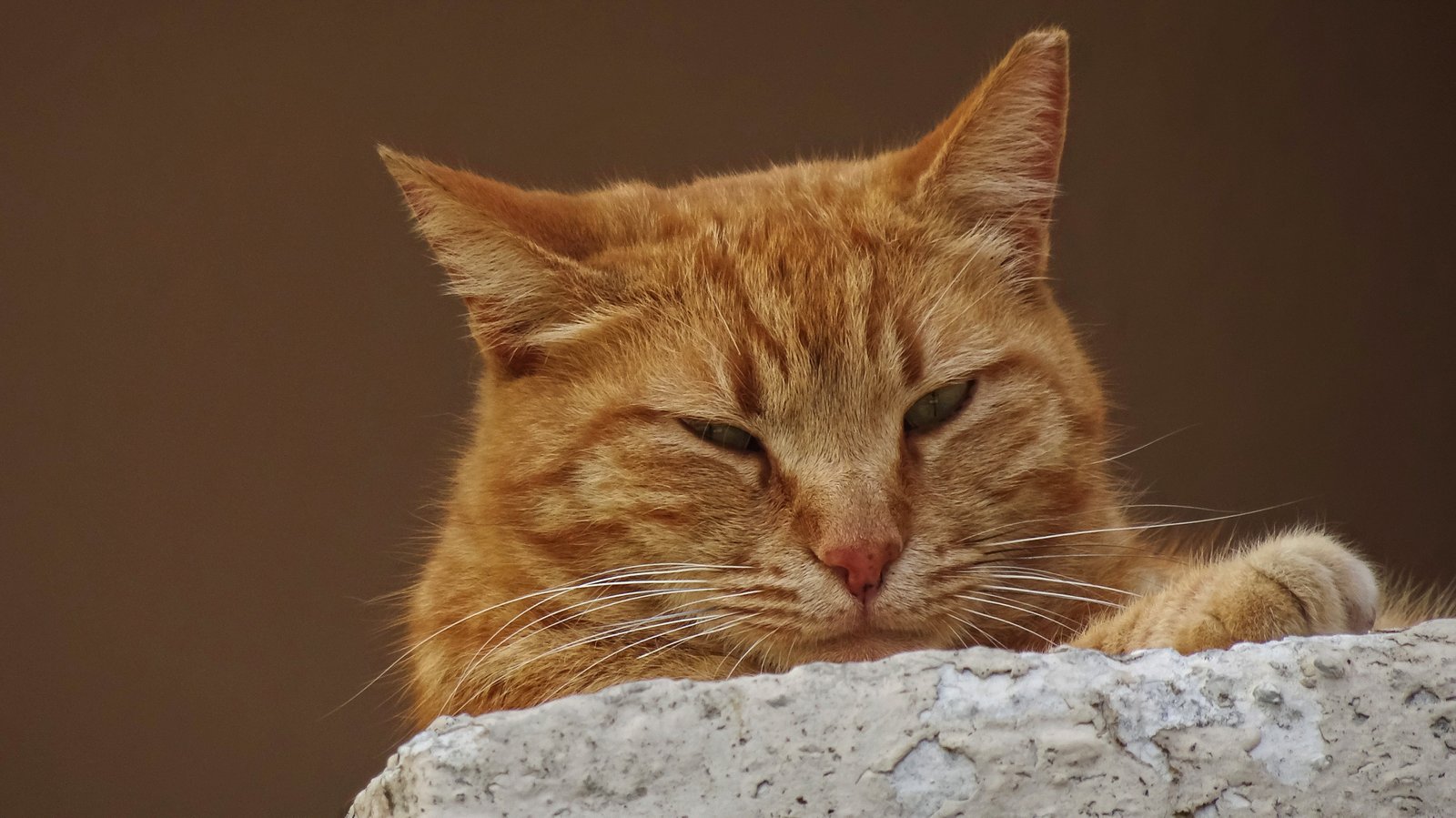
How do you know when your cat finally feels secure? Look for relaxed body language: a softly swishing tail, half-closed eyes, and gentle purring. Your cat may sit close to you, exposing their belly or stretching out with confidence. Occasional slow blinks in your direction are the ultimate sign of trust. If your cat meets your gaze and then curls up nearby, congratulations—you’ve earned their trust. These signs are like little love notes, written in the language of safety and comfort.
What to Avoid: Common Mistakes With Emotional Cats
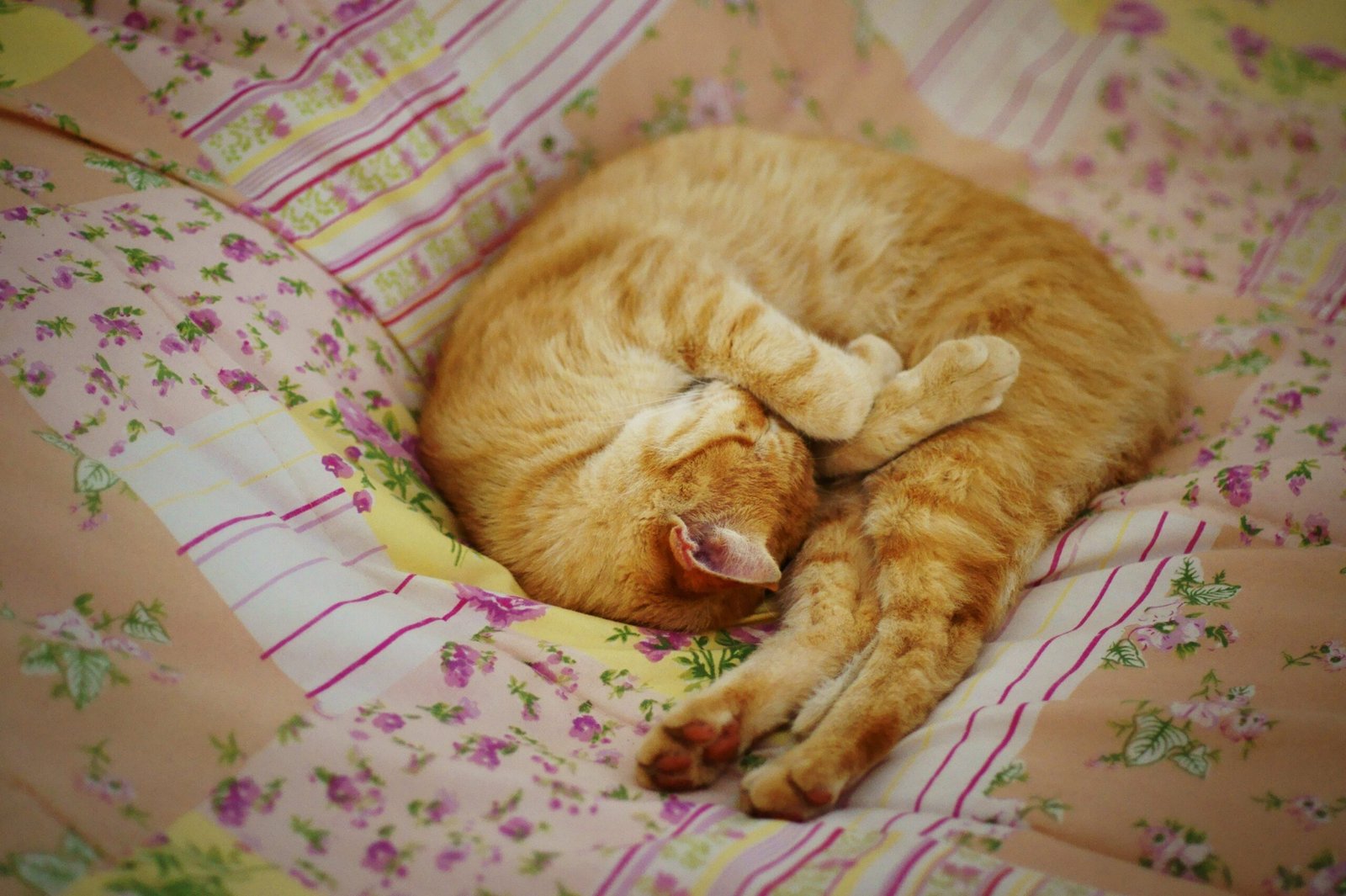
It’s easy to accidentally overwhelm a sensitive cat. Staring directly into their eyes, picking them up suddenly, or making loud noises can all increase their anxiety. Avoid forcing interactions, especially eye contact. Instead, let your cat set the pace. If you notice your cat looking away, respect their need for space. By avoiding these common mistakes, you create an environment where your cat feels understood and protected. Remember, trust is a fragile gift—handle it with care.
How Other Pets Influence Feline Eye Contact

If you have multiple pets, your cat’s comfort with eye contact may change. Dominant dogs or outgoing cats can make a shy feline feel even more vulnerable. Watch for signs of stress, like hiding or quick glances away. Give your cat private spaces where they can retreat and recharge. Encourage gentle interactions among all your pets, and never force your cat to engage if they’re not ready. With patience, your cat will learn that even in a busy household, their feelings are respected.
Eye Contact and Play: Building Bonds Through Fun
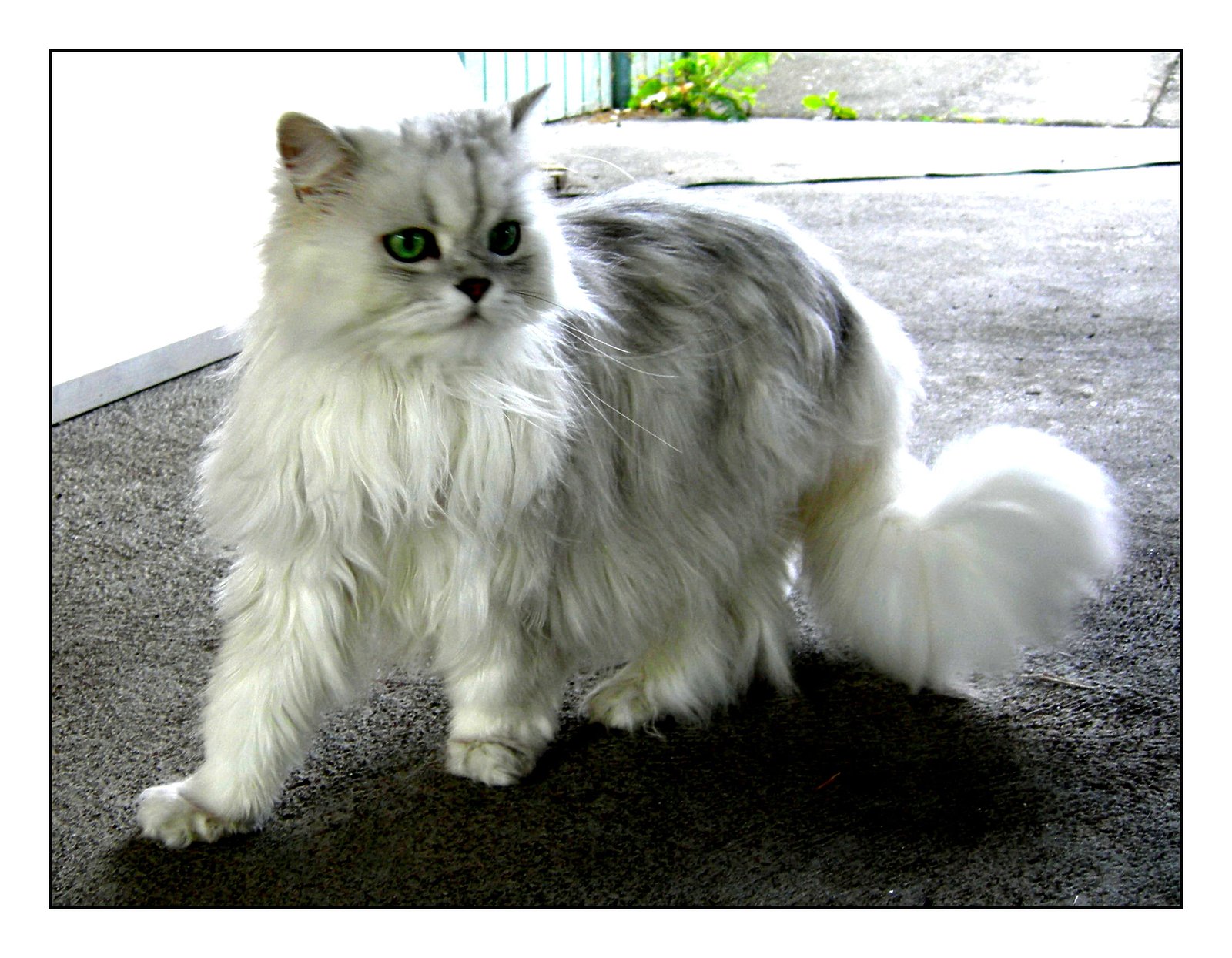
Playtime is a safe way to build trust and encourage eye contact. Use interactive toys like feather wands or laser pointers to engage your cat’s attention. During play, your cat will glance at you for cues and reassurance. These moments of shared focus build positive associations. Over time, your cat may feel more comfortable making eye contact outside of play, knowing that your attention brings joy, not fear. Play is the bridge between caution and connection.
Senior Cats and Changing Comfort Levels

As cats age, their comfort with eye contact can change. Older cats may become more affectionate, seeking your gaze for reassurance and companionship. On the other hand, some senior cats become more reserved, avoiding eye contact if they’re experiencing pain or confusion. Pay attention to these shifts—they’re important clues to your cat’s well-being. Gentle interactions and respect for their changing needs will help your senior cat feel loved and safe at every stage of life.
When Avoiding Eye Contact Signals a Problem
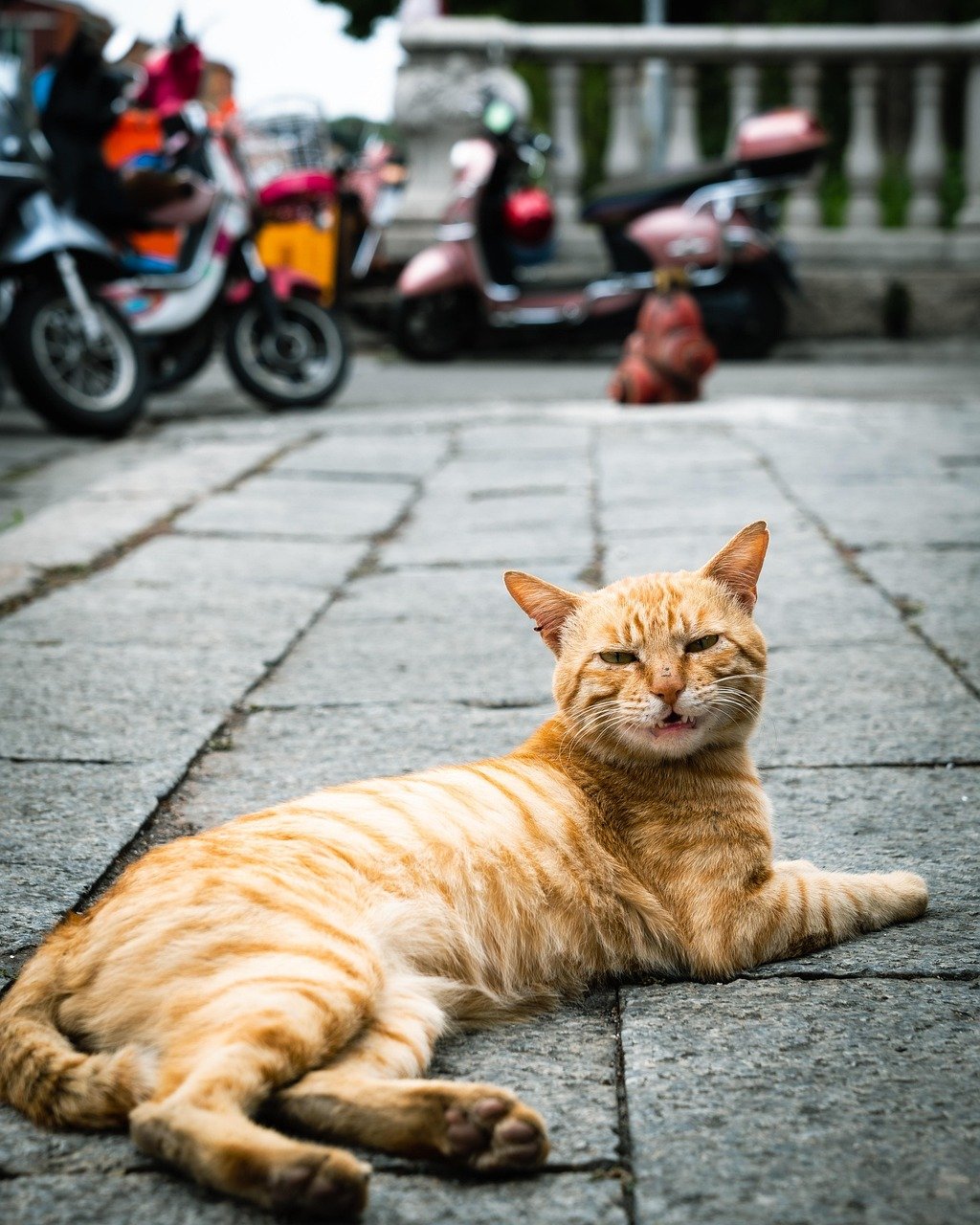
Sometimes, a sudden change in eye contact can signal something more serious. If your cat, who once looked at you freely, now avoids your gaze altogether, it could be a sign of stress, illness, or injury. Watch for other changes in behavior, such as hiding, loss of appetite, or aggression. When in doubt, consult your veterinarian. Early intervention can make all the difference in your cat’s health and happiness. Eye contact is a window into their emotional and physical state.
Creating a Safe Space for Emotional Cats
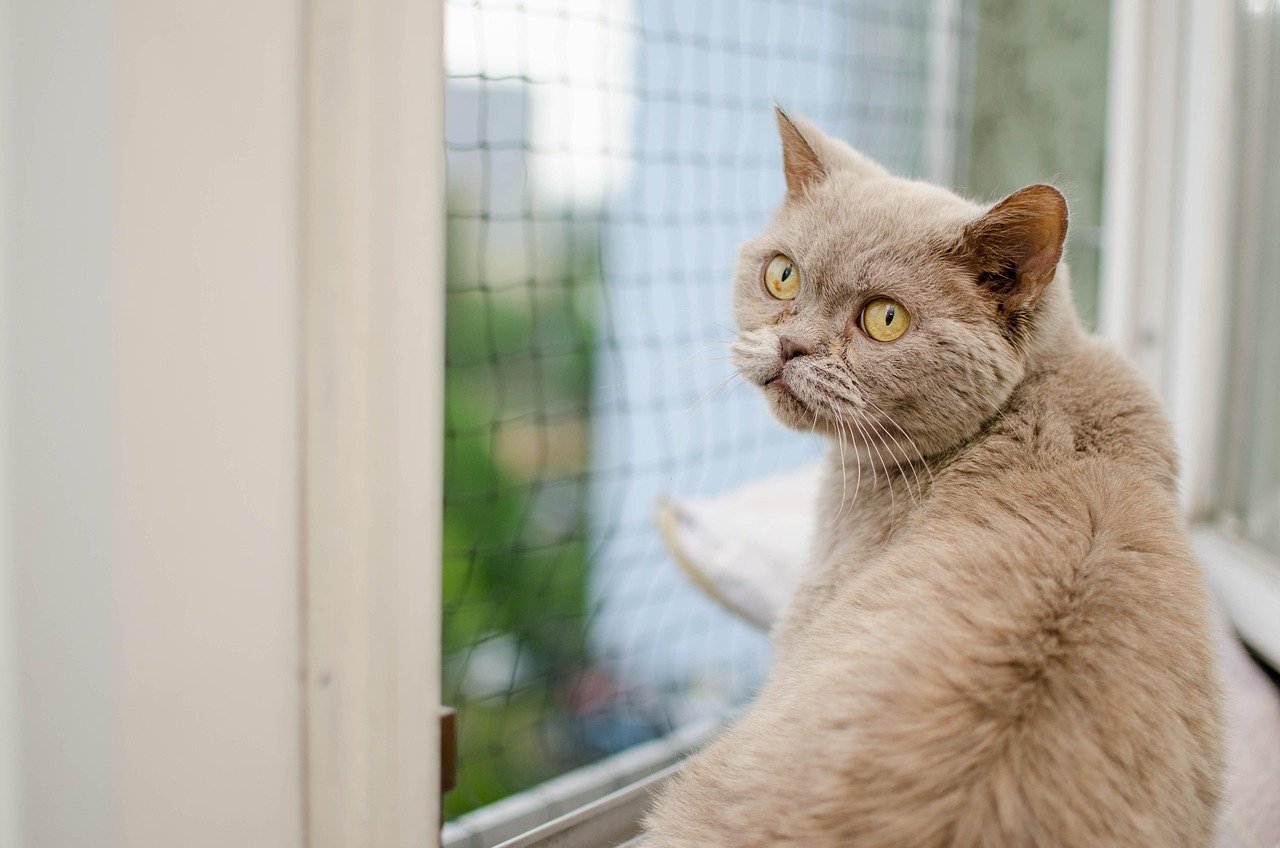
Every cat deserves a sanctuary—a place where they feel completely safe. Provide cozy beds, high perches, and quiet corners where your cat can retreat. Use soft lighting and soothing sounds to create a peaceful environment. Spend quiet time together in these safe spaces, offering gentle words and slow blinks. Over time, your cat will associate these moments with security, making it easier for them to share eye contact. Your home becomes their safe haven, one loving glance at a time.
The Joy of Earning Your Cat’s Trust

There’s nothing quite like the moment your cat finally meets your eyes and holds your gaze. It’s a silent celebration, a sign that your patience and kindness have paid off. Every shy glance, every slow blink, is a reminder that trust is built, not given. For cat lovers, this journey is filled with small victories and deep connections. Remember, the greatest bonds are forged not in words, but in the quiet moments when your cat says, “I am safe with you,” without ever uttering a sound.
Hi, I’m Bola, a passionate writer and creative strategist with a knack for crafting compelling content that educates, inspires, and connects. Over the years, I’ve honed my skills across various writing fields, including content creation, copywriting, online course development, and video scriptwriting.
When I’m not at my desk, you’ll find me exploring new ideas, reading books, or brainstorming creative ways to solve challenges. I believe that words have the power to transform, and I’m here to help you leverage that power for success.
Thanks for stopping by, Keep coming to this website to checkout new articles form me. You’d always love it!






